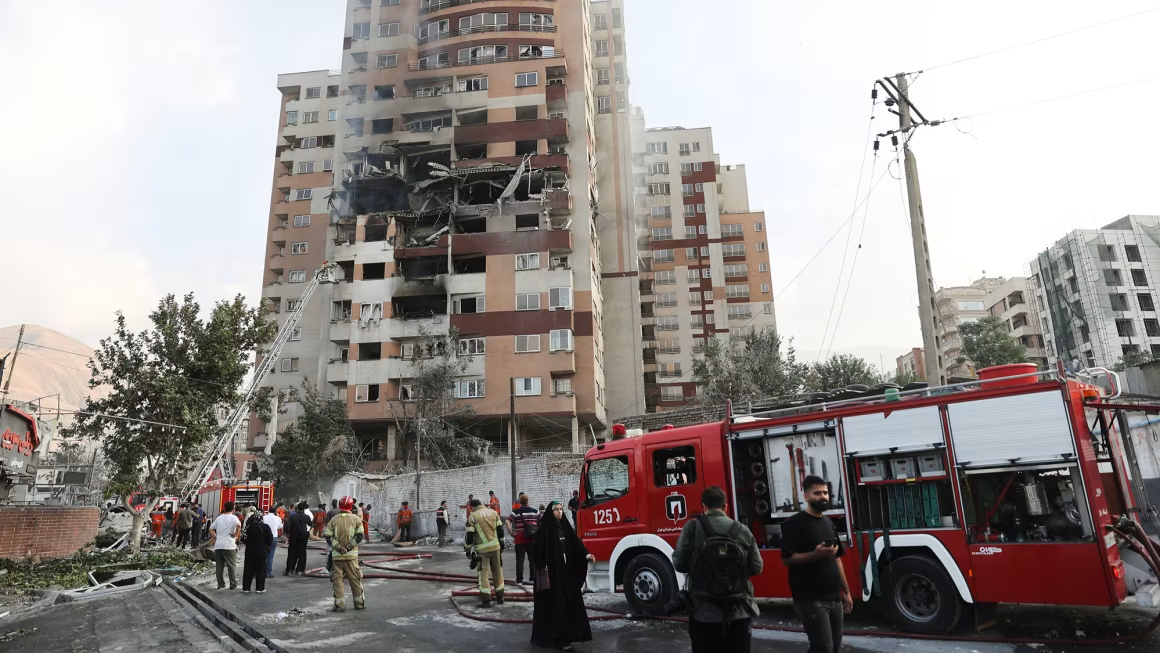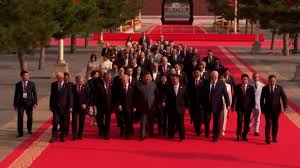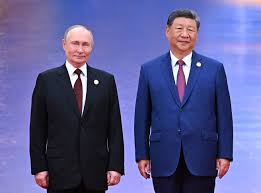
In what can be characterized as one of the most intense and complex military initiatives in modern Middle Eastern history, Israel’s all-encompassing operation against Iran signifies a major shift in both regional tactics and combat.The term “kitchen-sink,” derived from the English saying “throw in everything but the kitchen sink,” represents the high intensity, diversity, and unpredictability of Israel’s tactics in its recent conflict.
with Tehran.
Context: Strains Reaching Critical Levels
Conflicts between Israel and Iran have historically brewed beneath the surface, yet recent provocations and reciprocal escalations have driven both countries toward direct conflict. After a drone strike on an Israeli consulate in Erbil (reportedly carried out by an Iranian proxy), Israel responded not with just one attack, but with a comprehensive military campaign that included air, cyber, electronic, and clandestine ground operations.
This tactic has been termed the “kitchen-sink” operation by defense analysts — a strategy where Israel unleashed a massive array of tools and tactics against Iranian targets, aiming to disrupt Iran’s defense system and convey a strong message to its leaders.
The Approach: Beyond Merely Missiles
This was an unconventional missile strike operation. Israeli aircraft allegedly targeted IRGC facilities in western Iran, air defense radar locations in Esfahan, and drone storage sites close to Shiraz. What made the operation unique was its combination of conventional air strength with:
Cyber Warfare: Israeli intelligence, allegedly spearheaded by Unit 8200, initiated cyberattacks to disrupt Iranian radar and communication systems just hours prior to the actual strikes. This hindered Iran’s capacity to launch a prompt counter-response.
Electronic jamming: It is said that forces using electronic warfare disrupted Iranian air defense systems, confusing radar operators and delaying the deployment of aircraft.
Covert Ground Teams: Certain reports indicate that Kurdish units trained by Israel supplied targeting information or even supported on-site surveillance near significant Iranian missile installations.
The incorporation of such a diverse array of capabilities suggests that Israel is not merely responding to threats but actively defining the battlefield via hybrid warfare — merging intelligence, technology, and sheer strength.

Iran’s Reaction: Measured Quietude or Tactical Endurance?
Notably, Iran’s reaction has thus far been subdued. Although officials criticized the Israeli strike and promised retribution, Tehran has refrained from complete retaliation.This could be attributed to various factors:
Damage Control: Iran is still assessing the full extent of the effects and likely intends to avoid seeming vulnerable.
Steering Clear of Total War: Due to a struggling economy and domestic turmoil, Iran may hesitate to enter into a broader confrontation.
Strategic Delay: Iran might choose to respond later via proxy forces or cyber methods, surprising Israel.
Worldwide Responses: A Planet on Edge
The global community reacted with concern. The United Nations urged for moderation.The U.S., Israel’s main ally, emphasized Israel’s right to defend itself while also urging for de-escalation.
Simultaneously, Russia and China criticized the attacks, labeling them breaches of sovereignty.
Oil prices spiked overnight, global markets fluctuated, and foreign embassies in Israel and Iran released evacuation notices or travel warnings.
Lessons Learned Up to This Point
Israel’s all-encompassing approach highlights several important insights:
Israel has broadened its interpretation of preemptive self-defense. Israel is now prepared to attack far inside Iranian territory, no longer confined to Gaza or Syria.
Conflict has transitioned to multiple domains. Cyber, electronic, and physical assaults have now been combined into one cohesive tactical strategy.
Message amidst Chaos. The mission was not merely focused on devastation—it served as a showcase of ability, a psychological tactic intended to create uncertainty regarding Iran’s defensive skills.
Proxy warfare is becoming increasingly difficult to track. Israel’s capability to function in Iran via local networks demonstrates that contemporary conflicts extend beyond just state actors.
Conclusion: An Emerging Phase in Localized Tensions
Israel’s “kitchen-sink” strategy against Iran is more than just a collection of assaults—it represents a doctrine in action. While both nations evaluate their subsequent actions, the global community observes anxiously, cognizant that the upcoming phase could encompass not only drones and missiles but also power grids, information networks, and public sentiment.
In this modern era of hybrid conflict, the combat zone is ubiquitous—and the kitchen sink appears to be only the start.


